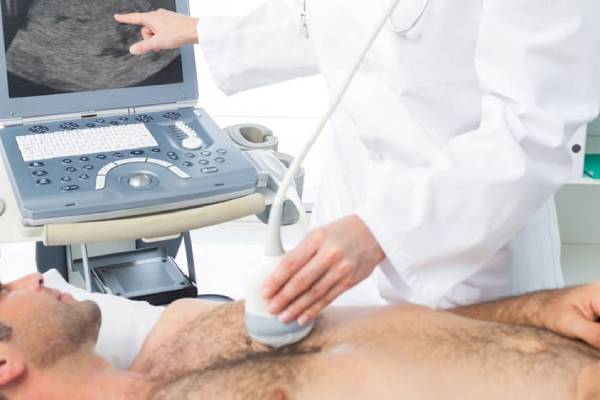
This treatment is used in patients who are experiencing signs of myocardial infarction like chest pain. Using a catheter, it is inserted through the radial artery present in the wrist to the heart to check blockages in the coronary artery. In the field of invasive cardiology, transradial cardiology has become a prominent name.
Requirements Before The Procedure
Before the procedure is carried out, certain tests are done which include:-
Procedure
Advantage OF Transradial Catheterization
Disadvantages Of Transradial Catheterization
Before the procedure is carried out, certain tests are done which include:-
Aftermath Of The Procedure
Before the procedure is carried out, certain tests are done which include:-
Dr. Swapnil Mate's Cardiology clinic has a transradial cardiology team that can provide quality treatment to individuals. Their team, supervised by a senior cardiologist, work with modern devices to improve patient-provider relationship. We recommend you to contact Dr. Swapnil Mate for the best medical assistance.
